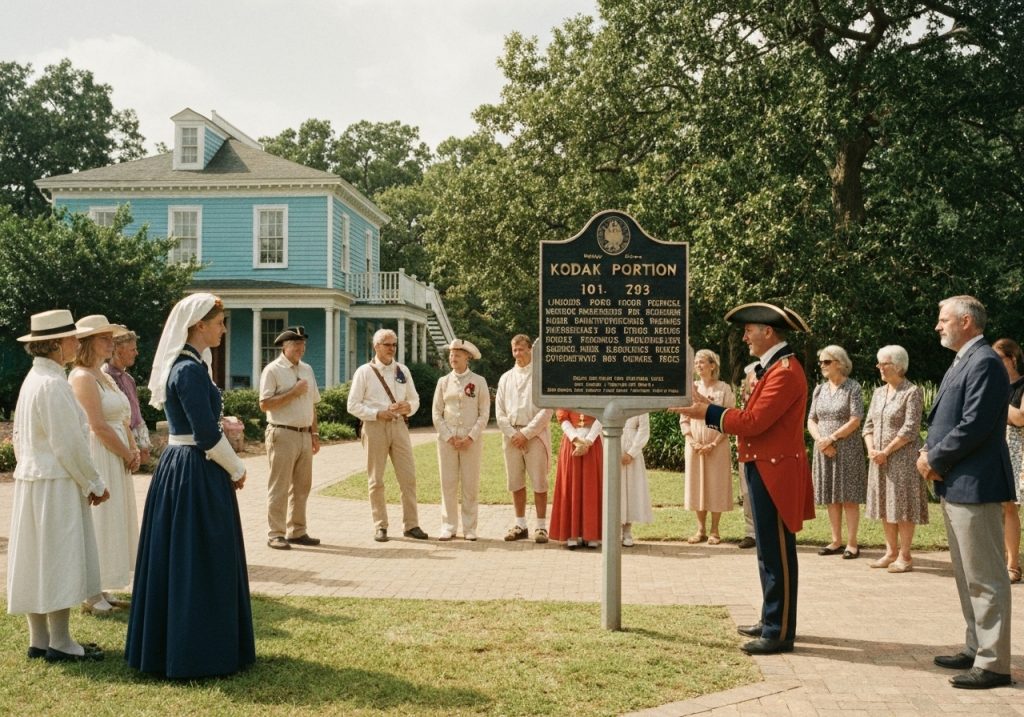
The 20th century was a period of dramatic growth and transformation for Virginia Beach. During World War II, the region played a key role in national defense, with the establishment of military bases such as Naval Air Station Oceana. The presence of the U.S. military continues to be a defining characteristic of the city, contributing to its economy and diverse population. Post-war suburbanization and infrastructure development led to a population boom, and in 1963, the city of Virginia Beach was created through the consolidation of the town with Princess Anne County.
Today, Virginia Beach is a vibrant city known for its beaches, tourism, and cultural heritage. It is the most populous city in Virginia, with a dynamic mix of urban and coastal lifestyles. The city hosts numerous festivals, such as the Neptune Festival and American Music Festival, celebrating its maritime history and contemporary arts scene. Historic sites like the Adam Thoroughgood House and the Cape Henry Lighthouse connect residents and visitors alike to the city’s rich past.
In recent decades, Virginia Beach has become a leader in environmental conservation and coastal resilience. Efforts to protect the delicate ecosystems of Back Bay and the Chesapeake Bay continue to shape city planning and development. With a strong focus on sustainability, education, and innovation, Virginia Beach honors its storied history while looking confidently toward the future as a coastal city that cherishes both its heritage and its natural surroundings.
Long before Virginia Beach became a thriving coastal city, it was home to Native American tribes who lived in harmony with the land and sea. Chief among them were the Chesepians, part of the larger Powhatan Confederacy. These early inhabitants utilized the abundant resources of the Chesapeake Bay and the Atlantic Ocean for fishing, hunting, and agriculture. Their villages were scattered along the waterways, and their presence is still remembered in the artifacts and stories passed down through generations.
In 1607, English explorers from the Virginia Company made their first landfall at Cape Henry, now within the borders of modern-day Virginia Beach. This marked the beginning of European colonization in North America. The colonists erected a cross to give thanks for their safe passage, and the event is commemorated today with the Cape Henry Memorial. While the settlers moved inland to establish Jamestown, the coastal area remained strategically important and gradually developed into a community of fishermen, farmers, and tradespeople.
Throughout the 17th and 18th centuries, the area that would become Virginia Beach remained largely rural, with plantations and small farms dominating the landscape. However, the 19th century brought significant change. The completion of a railroad to the coast in 1883 and the construction of the Princess Anne Hotel turned the region into a popular seaside resort. Tourists flocked to the beach, drawn by its wide shores and fresh sea air. In 1906, Virginia Beach was incorporated as a town, reflecting its growing identity as a leisure destination.